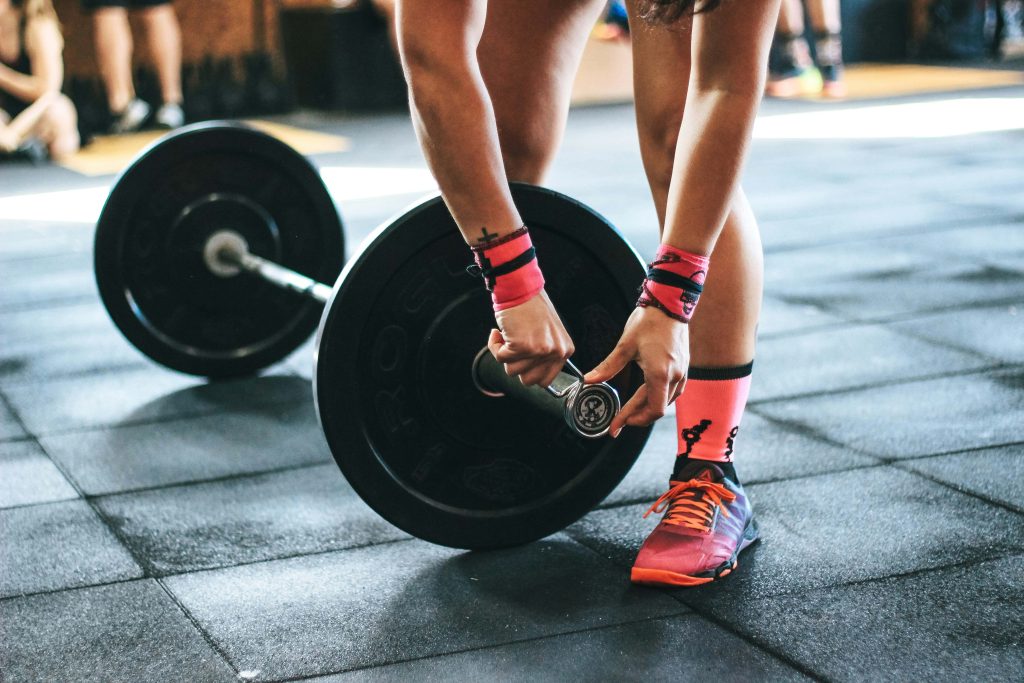Preventing Groin Hernias: Tips For a Strong Core
Posted on September 30th, 2024 by Andries Lodder
A groin hernia, also known as an inguinal hernia, occurs when a portion of tissue, such as part of the intestine, protrudes through a weak spot in the abdominal muscles in the groin area. This type of hernia is the most common, especially in men, though it can also occur in women.
Types of Groin Hernias:
- Indirect Inguinal Hernia: This type is more common and occurs when the hernia sac enters the inguinal canal, often due to a congenital weakness. It is more common in males.
- Direct Inguinal Hernia: This occurs when the hernia sac bulges directly through a weak spot in the abdominal wall muscles. It is usually related to aging and wear and tear.
- Femoral Hernia: Though less common, this type occurs when tissue pushes through a weak spot near the femoral artery in the upper thigh/groin area. It is more common in women.
Causes:
- Congenital weakness in the abdominal wall.
- Strain.
- Heavy lifting.
- Chronic coughing or sneezing.
- Obesity.
- Pregnancy.
Treatment:
- Watchful Waiting: Small hernias that aren’t causing symptoms might be monitored.
- Surgery: The definitive treatment is surgical repair, which can be done via:
- Open Hernia Repair (Herniorrhaphy): A traditional approach where the surgeon makes an incision in the groin to push the protruding tissue back in place and repairs the weakened area.
- Laparoscopic Hernia Repair: A minimally invasive approach using small incisions and a camera to guide the repair.
Prevention
Preventing a groin (inguinal) hernia involves strengthening the muscles in the abdominal and groin areas, improving core stability, and practicing safe lifting techniques. While exercise can help reduce the risk, it’s important to avoid activities that put excessive strain on these muscles. Here are some exercises that can help strengthen the muscles around the groin and abdomen:
1. Pelvic Tilts
2. Leg Slides
3. Wall Sits
4. Glute Bridges
Safe Lifting Techniques
- When lifting heavy objects, bend at the knees, not the waist.
- Keep the object close to your body.
- Use your legs to lift, not your back.
These exercises can help strengthen the muscles and reduce the risk of developing a groin hernia, but it’s important to consult a healthcare professional before starting any new exercise routine, especially if you have any existing health concerns.
If you require any advice on creating a personalized exercise program to reduce your risk of suffering from a groin hernia, please do not hesitate to contact us!
Tweet
